Increased Focus on Home Security
In the current landscape, the Residential Iron And Steel Door Market is witnessing a surge in demand driven by heightened concerns over home security. With rising crime rates in various regions, homeowners are increasingly investing in robust door solutions that provide enhanced protection. Iron and steel doors are recognized for their durability and resistance to forced entry, making them a preferred choice for security-conscious consumers. Market data indicates that the security door segment is projected to grow at a compound annual growth rate of 5% over the next five years. This trend underscores the importance of security features in residential doors, thereby bolstering the Residential Iron And Steel Door Market.
Rising Demand for Energy Efficiency
The Residential Iron And Steel Door Market is experiencing a notable shift towards energy-efficient solutions. Homeowners increasingly prioritize doors that offer superior insulation properties, which can lead to reduced energy consumption and lower utility bills. According to recent data, energy-efficient doors can save homeowners up to 20% on heating and cooling costs. This trend is further fueled by government incentives promoting energy-efficient home improvements, thereby enhancing the appeal of iron and steel doors that meet these standards. As consumers become more environmentally conscious, the demand for doors that contribute to energy savings is likely to grow, positioning the Residential Iron And Steel Door Market favorably in the evolving housing market.
Regulatory Support for Building Codes
The Residential Iron And Steel Door Market is also influenced by regulatory support for building codes that emphasize safety and energy efficiency. Many regions are implementing stricter building regulations that require residential doors to meet specific safety and energy performance standards. This regulatory environment encourages homeowners and builders to invest in high-quality iron and steel doors that comply with these codes. As a result, the market for residential doors is expected to expand, with a projected increase in demand for compliant products. This trend not only enhances the safety and energy efficiency of homes but also positions the Residential Iron And Steel Door Market for sustained growth in the coming years.
Growing Interest in Aesthetic Customization
The Residential Iron And Steel Door Market is also benefiting from a growing interest in aesthetic customization among homeowners. As individuals seek to personalize their living spaces, the demand for doors that offer unique designs and finishes is on the rise. Iron and steel doors can be customized in various styles, colors, and textures, allowing homeowners to express their personal tastes while ensuring durability. Recent surveys indicate that nearly 60% of homeowners consider the aesthetic appeal of their doors as a critical factor in their purchasing decisions. This trend towards customization not only enhances the attractiveness of homes but also drives growth within the Residential Iron And Steel Door Market.
Technological Advancements in Door Manufacturing
Technological advancements are playing a pivotal role in shaping the Residential Iron And Steel Door Market. Innovations in manufacturing processes, such as automated production techniques and advanced materials, are enhancing the quality and performance of iron and steel doors. These advancements allow for the creation of doors that are not only stronger but also lighter and more energy-efficient. Furthermore, the integration of smart technology, such as keyless entry systems and security monitoring, is becoming increasingly prevalent. This evolution in technology is likely to attract a broader consumer base, thereby propelling the growth of the Residential Iron And Steel Door Market as it adapts to modern consumer needs.


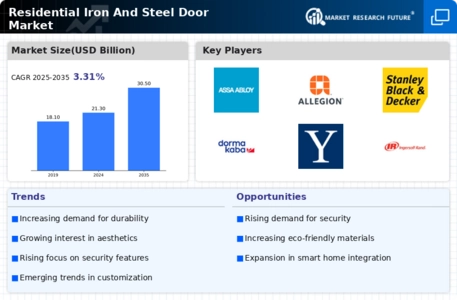
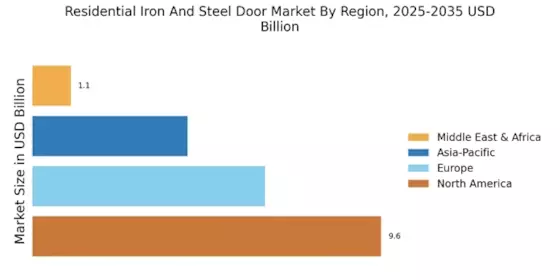
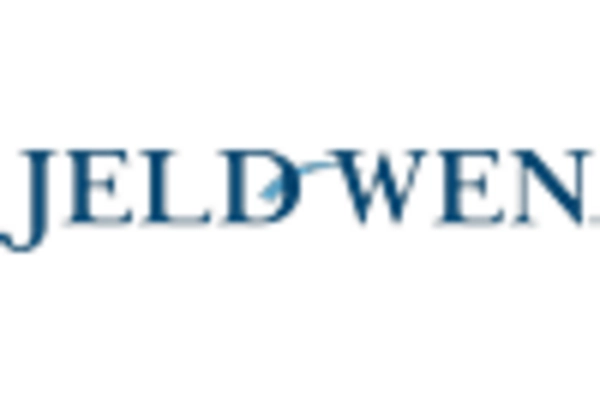
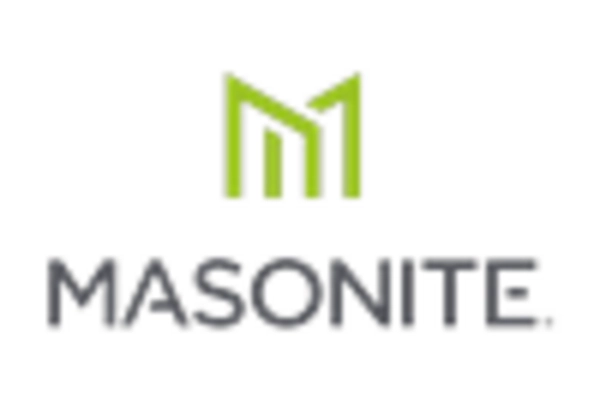
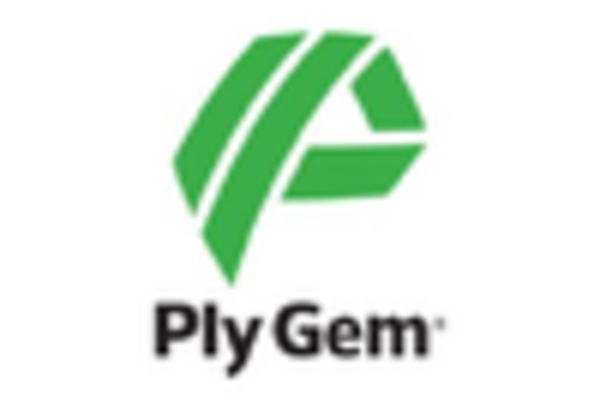
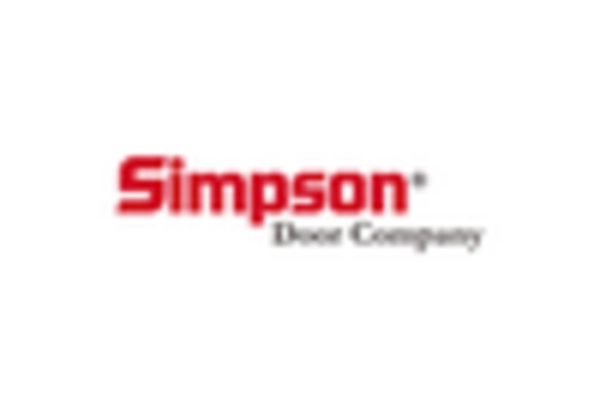

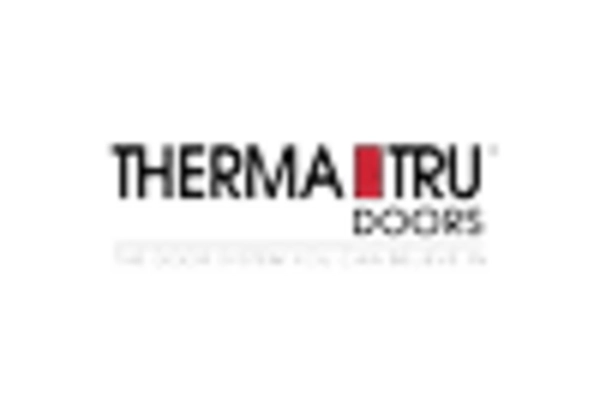








Leave a Comment